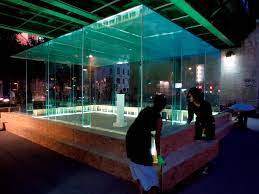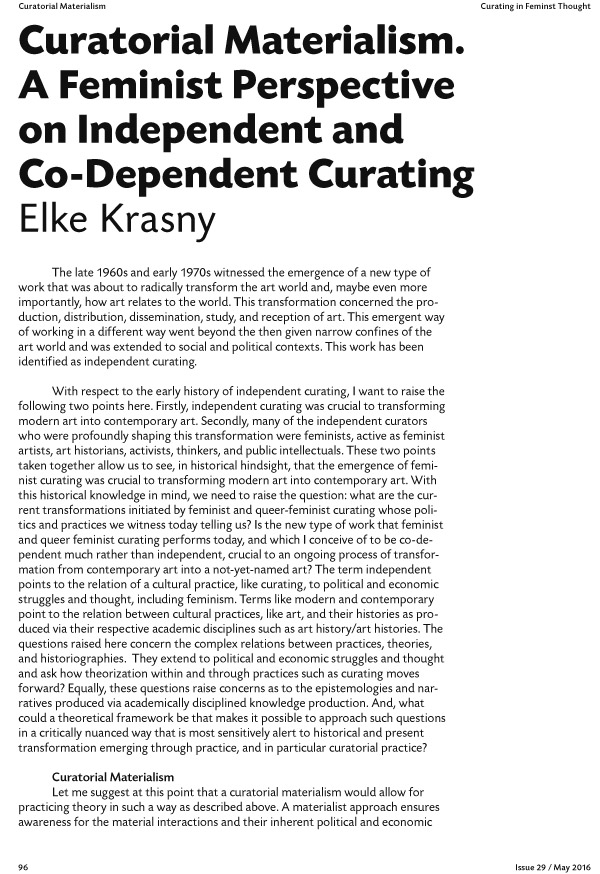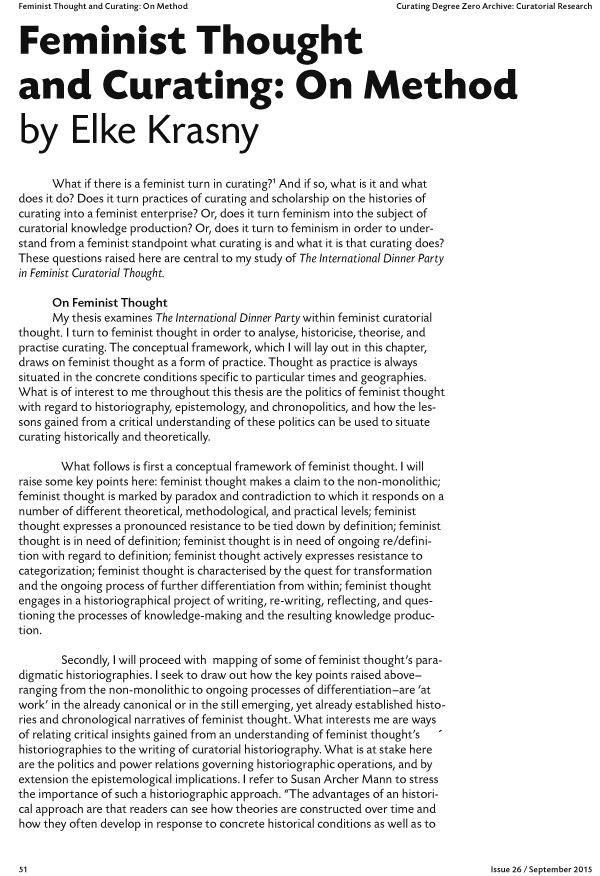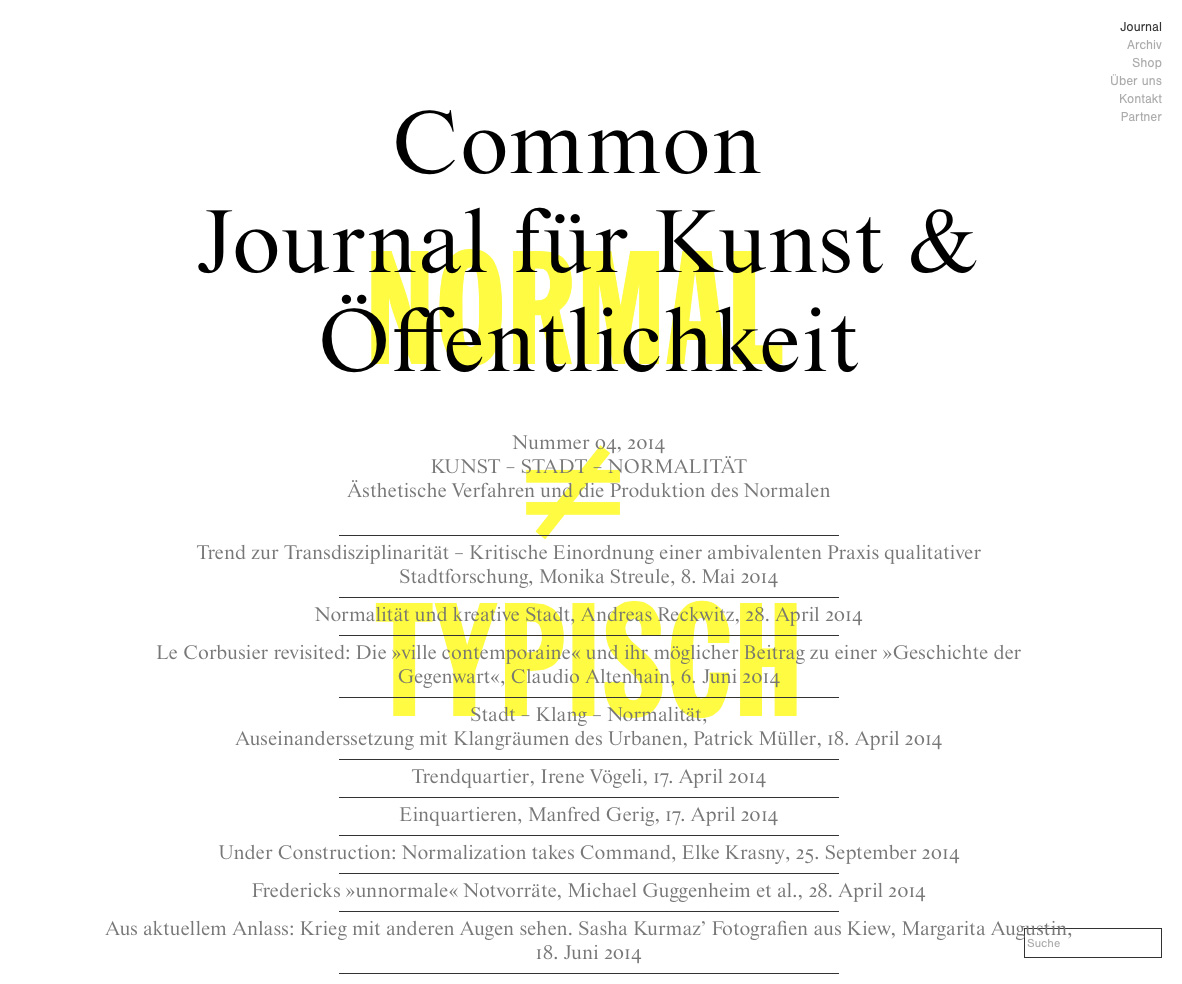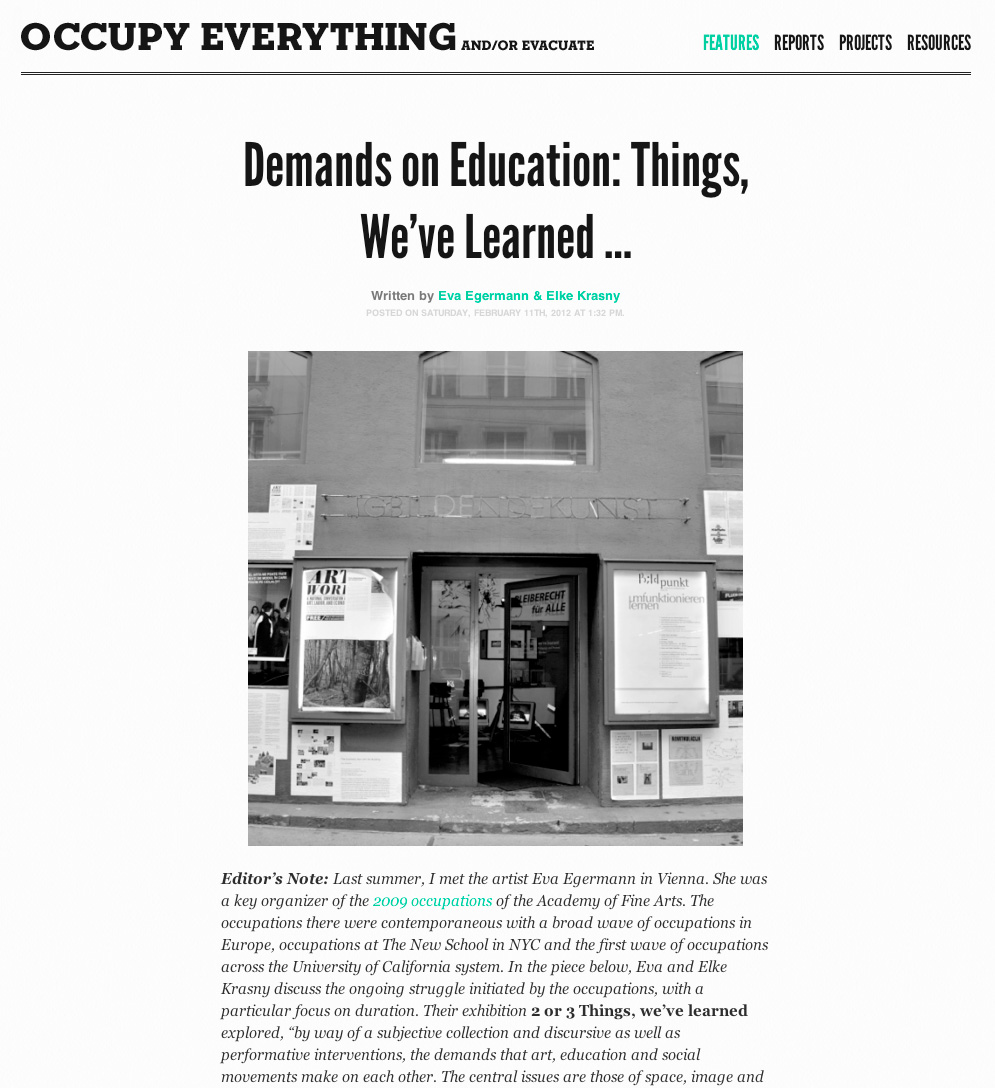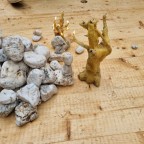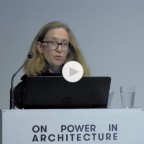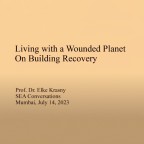Krasny, Elke. ‘Exposed: The Politics of Infrastructure in VALIE EXPORT’s Transparent Space.’
Krasny, Elke. ‘Exposed: The Politics of Infrastructure in VALIE EXPORT’s Transparent Space.’ Third Text volume 31, 2017: 133-146.
On 16 May 2001 the renowned feminist artist and occasional curator VALIE EXPORT took part in the opening ceremony celebrating the completion of Transparent Space, her only public artwork in Vienna. A large room-sized cube made of glass, the work is installed in one of the arches formed by the viaduct of an elevated urban railway. The ambiguity of this piece is underscored by its adoption of three separate names: Transparenter Raum (Transparent Space), Kubus EXPORT (Cube EXPORT) and Frauenbru¨ cke (Women’s Bridge). Kubus EXPORT alludes to the artist’s own name, selected as a ‘logo in capital letters’ in 1967 in order to resist the system of patrilineage as well as to express her adoption of a radical feminist stance under patriarchal art-world conditions. Today, the artist’s brand name is inscribed onto the cube’s surface while Women’s Bridge is relegated to the printed brochure occasioned by the opening ceremony.The latter title evokes the language of second-wave feminism as well as its collective activist spirit, yet the artwork itself leaves open the question as to whether women cross the bridge together, have built the bridge collaboratively, work towards having the bridge named after them, or a necessary combination of all three.
